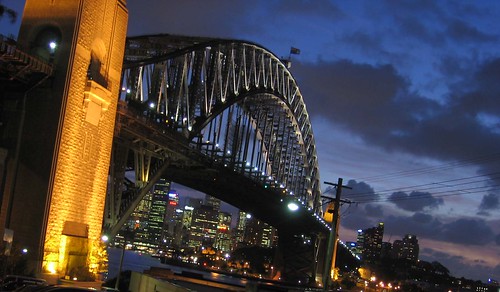Australia is just next door to Asia and gives us a glimpse of all things caucasian, without travelling to Europe or U.S. Many visit Australia to invest, travel, study and live. When was the last time you visited Australia?

Chart: Australian Dollar per S$1.
If you have visited Australia as recently as July last year, you'll find that the Singapore dollar can only get you about A$ 0.77, it's really not a lot to shout about,. But fast forward a few months later and things has changed for the better! Use your favourite currency converter today and you'll find that with the same Singapore dollar, you can get a whooping A$1.03, an increase of about 34%. Very attractive indeed if you're thinking of visiting the country or sending your kids there to study. Bad luck if you have invested in some properties there over the past few years though.

Chart: S$, RM and Baht rose against Australia Dollar.
Our Malaysian and Thai friends can take advantage of the Australian dollar weakness too. The movement of the Malaysian Ringgit and Thai Baht against the Australian dollar has been largely similar over the past 1 year, gaining at least 18% since a year ago.

Chart: Rupiah per A$1.
The advantage is not that clear for our Indonesian friends though. While the Rupiah has appreciated against the Australian dollar from a year ago, there are significant price swings.

Chart: Hong Kong Dollar per A$1.
Finally, the US$ has been strengthening against major currencies over the past few months and the HK$ certainly benefited from this as well. In fact, the HK$ has appreciated the most among the currencies discussed.
If you need some ideas on how to take advantage of the cheaper Australian dollar, try http://www.australia.com/ :P

The Australian dollar is likely to remain weak for at least the next 12 months if commodity prices remains weak and the Reserve Bank of Australia continues to cut rates. It has just cut its key rate to 3.25% and there is still room for further rate cuts, unlike the U.S. However, there are some signs that demand for commodities is increasing from the recent rises of the Baltic Dry Index, it remains to be seen if this is sustainable.

Your comments?
Post a Comment